Dermoscopy in general dermatology
Speaker
Aimilios Lallas
Greece
Associate Professor of Dermatology at the Institute of Dermatology, Department of Medicine, University of Udine, Italy. General Secretary of the Italian Association of Non-Invasive Diagnostics in Dermatology (AIDNID) Executive Board Member and Chair of "Imaging in Skin of Color" Task Force. International Dermoscopy Society (IDS)
Source event
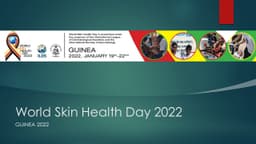
WORLD SKIN HEALTH DAY – GUINEA 2022
WORLD SKIN HEALTH DAY IN GUINEA - 4th Edition
Theme: “Dermatology at the service of the community”
A. Background:
The purpose of the World Skin Health Day (WSHD) is to recognize and promote skin health in the world. In stemmed in 2012 from the International League of Dermatological Societies (ILDS) and the International Society of Dermatology (ISD) and there have been several official WSHD activities in countries worldwide, totalling a reach of more than 11 million people.Around the world, members of the ILDS and ISD undertake activities to recognize and promote skin health; including Screening clinics, care activities, public seminars, marches and social media campaigns, the campaign has a global reach. Taking part in WSHD helps raise awareness of the wider impact of skin diseases, as well as supporting people in need of treatment in their communities local.
B. Why skin health?
Skin diseases are one of the most common human diseases. The 11th revision of the WHO International Classification of Diseases (ICD-11) includes more than 2,000 skin diseases or related to the skin. According to the American Academy of Dermatology, there are in fact more than 3,000 diseases of skin and the dermatologist is in charge of the management of these pathologies. It permeates all cultures, occurs at all ages and affects between 30% and 70% of individuals, with even higher rates in at-risk subpopulations (Hay R, Bendeck SE, Chen S, et al 2014). However, skin conditions and diseases are often ignored or given low priority by health authorities because they do not, on the whole, kill people (WHO 2005). Skin diseases also have a serious impact on people's quality of life, leading to loss of productivity at work and school, and discrimination due to disfigurement. In many regions of the world, people with skin conditions do not have access to support and adequate treatment. In view of this, the ILDS and ISD initiated the WSHD initiatie to help raise awareness and better understand skin diseases. During these days, the communities of areas underserved in management of dermatoses are provided with adequate skin care free of charge.
C. About-
The International League of Dermatological Societies (ILDS): The International League of Dermatological Societies (ILDS) is a non-governmental organization that promotes the improvement of skin care, education and science throughout the world. It brings together more than 190 member companies from more than 80 countries. The ILDS has access to the experience of over 200 000 dermatologists. We celebrate and share the wide range of approaches to health and disease of the skin that exist in the world.-The International Society of Dermatology (ISD) was founded in 1959. The organization was initially the "Society Association of Tropical Dermatology". The Society was then particularly interested in the dermatology world and tropical skin diseases, but since covers also all aspects of dermatology such as basic sciences, venereology and public health and to teaching dermatology in developing countries.-Dermatological Clinic: The mission of the Dermatological Clinic is to provide adequate dermatological care that contribute to improving the quality of life of patients. It allows quick consultations and affordable as well as accurate diagnoses and treatment plans via a web and mobile platform secured with an autonomous and affordable payment option. Various barriers limiting access to Dermatologist consultations are then eliminated.
D. Our past activities in Guinea:-
1st Edition: Congresses and skin care activities for the community of the Loos islands (KASSA). More than 500 people received free skin care with distribution of medicines. Our activities were highlighted in the 2020 ISD Journal on page 19 (See Attachment: ISD connections Vol. 15, No. 1 • Spring 2021).- 2nd Edition: Congresses and skin care activities for people living with albinism at the city of solidarity next to the John Paul II hospital. 277 albinos received care with treatment of pre-cancerous lesions using trichloroacetic acid and the free distribution of sunscreen that we received from our partner INOYAH. These activities have been highlighted on the site of ILDS and in the ISD newsletter. For ILDS media coverage, click on this link: https://ilds.org/news/wshd-infocus-guinea-2021/ for ISD, see attached document: “ISD Connection Vol. 15, No. 2 • Fall 2021” on page 15- 3rd Edition: Congress and skin care for the community of the islands of Loos (KASSA). Available at month of September on the ILDS and ISD sites. However, all presentations provided byour excellent speakers during this congress are housed on a platform whose access is free.The platform link: https://global-dermatology.com Simply click on this link and register for free to access this excellent educational content.
Similar videos
Source event Program
Acne and Rosacea
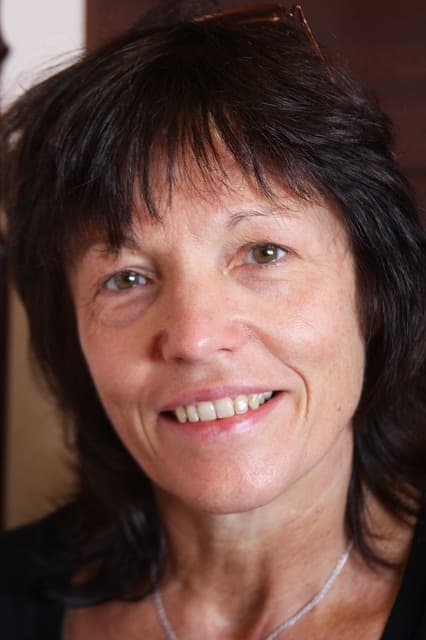
Quoi de neuf dans la physiopathologie de l’acné?
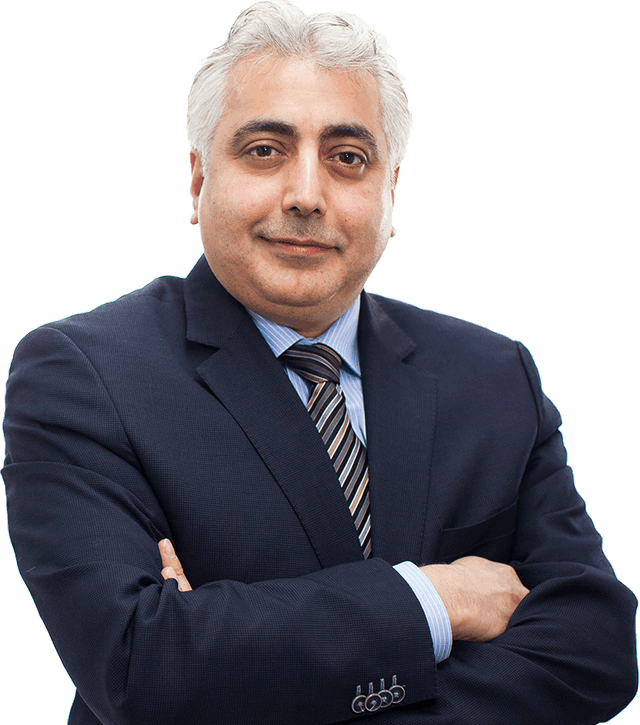
New insights into the management of acne and rosacea

Challenges and difficulties in treating acne and rosacea during pandemic. What has changed?
Medical Dermatology
Dermoscopy in general dermatology
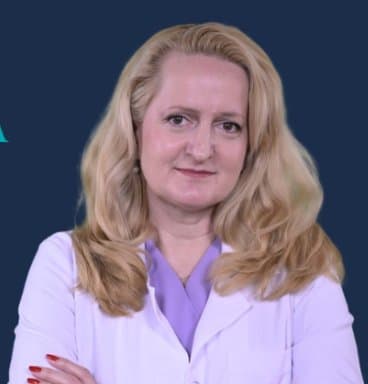
Rules and clues for recognizing difficult melanomas
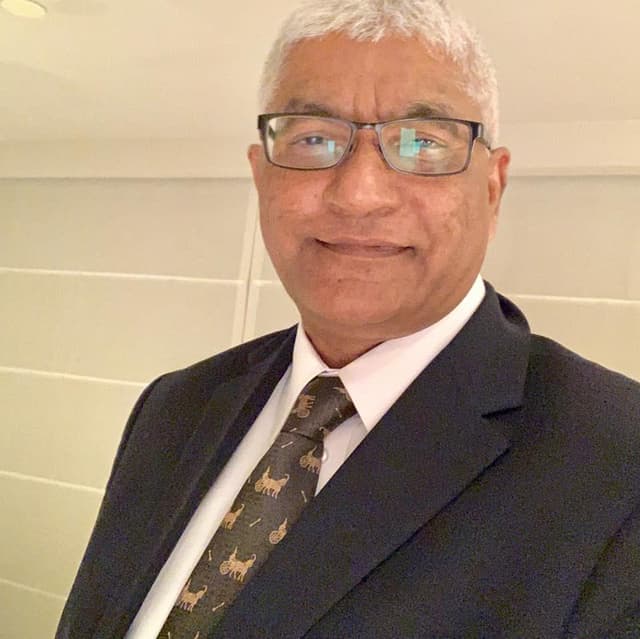
Psoriasis and Depression
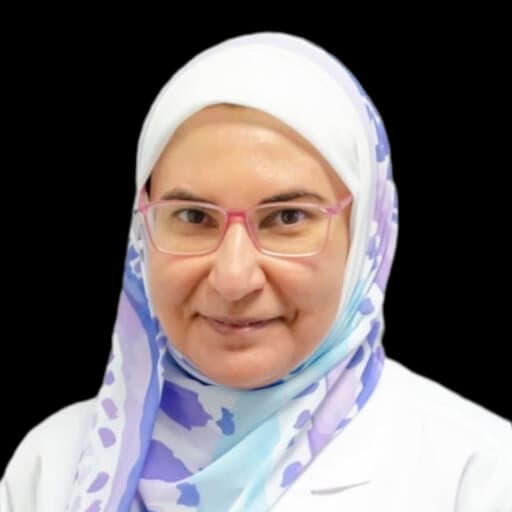
Skin in Obesity
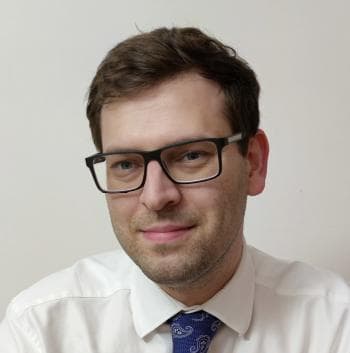
Inflammoscopy-shortening the diagnostic path in inflammatory diseases

Allergic contact dermatitis: mechanisms and prevention of a significant occupational disease
Hair Disorders

Scalp folliculitis
Might interest you
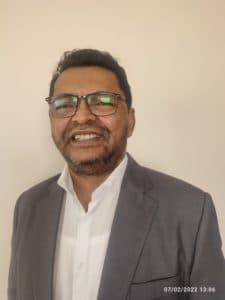
Cutaneous Medicine: Multidisciplinary Approaches in Dermatology
Chair: Prof. Fahafahantsoa Rapelanoro Rabenja,
This course explores the intersection of dermatology with other medical specialties, emphasizing a collaborative approach to diagnosing and managing complex skin disorders. It covers a wide range of topics, including dermatopathology, rheumatology, oncology, and infectious diseases, highlighting how systemic conditions manifest cutaneously. With contributions from experts in various fields, the text provides comprehensive insights into multidisciplinary care, advanced diagnostic techniques, and innovative treatments. Ideal for dermatologists, internists, and specialists, it bridges gaps between disciplines to improve patient outcomes in cutaneous medicine.
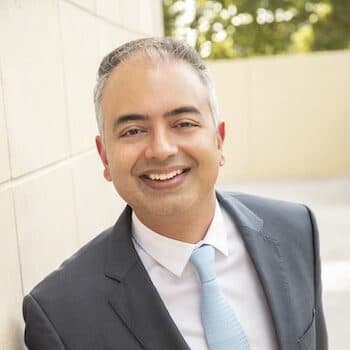
Pigmentation
Chair: Dr Seemal Desai, MD, FAAD
Hyperpigmentation is excess skin color from melanin. Understand melanin synthesis mechanisms and main causes.
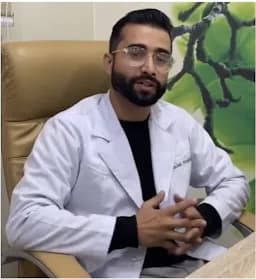
Neglected Tropical Skin Diseases
Chair: Dr. Prajwal Pudasaini, MD
Neglected tropical skin diseases affect poor populations in tropical areas. They include leprosy, mycetoma, and cutaneous leishmaniasis, causing disability and stigma. They receive little attention and resources, leading to poor diagnosis and treatment. Increased awareness and improved healthcare access are needed to help affected communities.
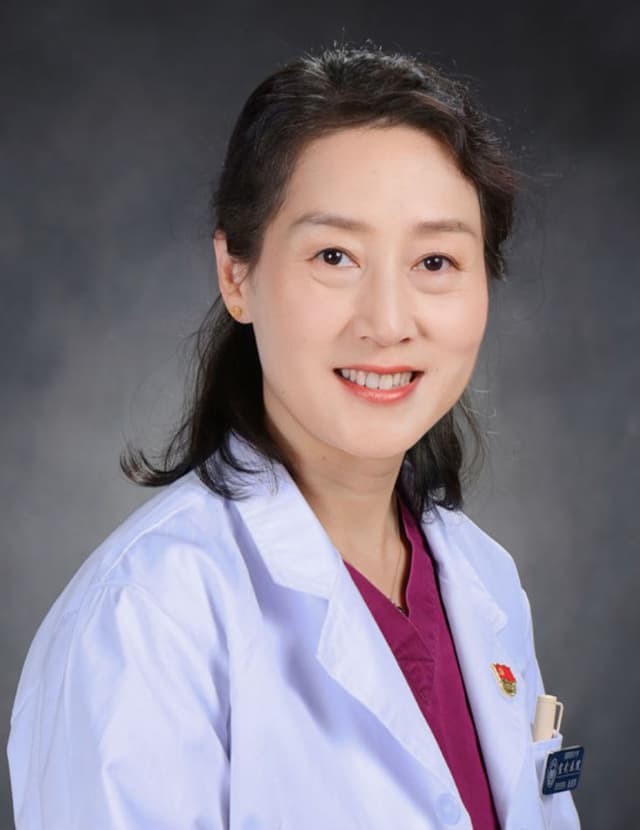
Acne Treatment in China
Chair: Prof. Haiping Zhang, PhD
Acne treatment in China combines traditional methods with modern practices.
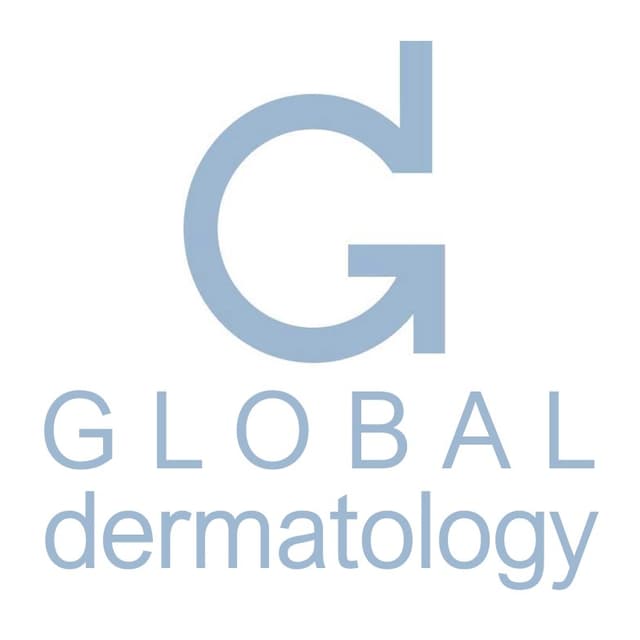
Cyspera Medical Education
Chair: Global Dermatology,
Cyspera® is a topical pigment-correcting treatment formulated with cysteamine, a naturally occurring compound that reduces the appearance of persistent hyperpigmentation, including melasma, post-inflammatory hyperpigmentation, and lentigines. It is known for being non-hydroquinone, suitable for long-term use, and effective on all skin types.
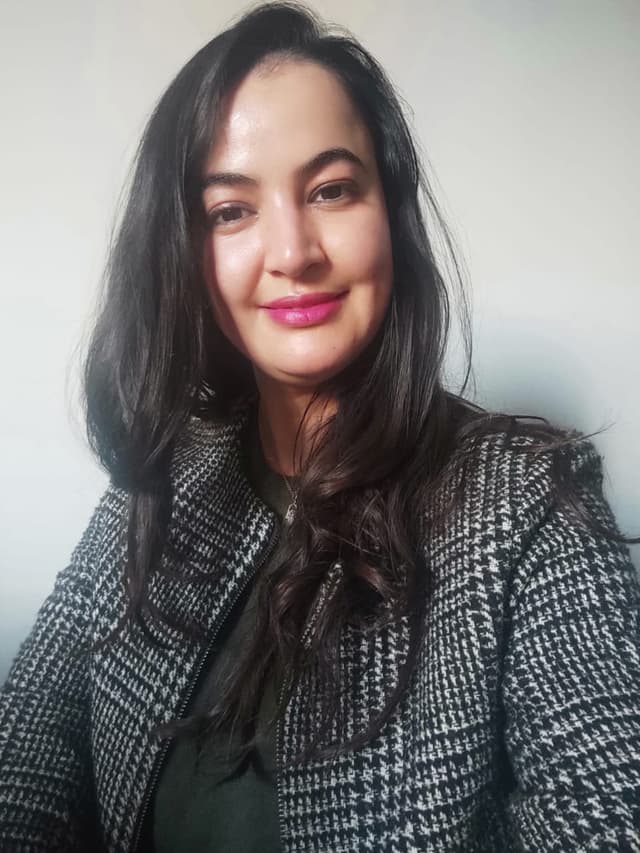
Topographic Dermoscopy
Chair: Prof. Awatef Kelati, MD
Topographic dermoscopy refers to the region-specific application of dermoscopic examination, emphasizing the unique morphological patterns found across different anatomical sites. On facial skin, the dermoscopic assessment requires recognizing patterns influenced by the high density of pilosebaceous units and sun-induced changes, often presenting pseudonetworks and annular-granular structures. The ear, with its thin skin and sebaceous gland concentration, reveals specific vascular and follicular clues important in distinguishing benign from malignant lesions.
On the chest and back, where the skin is thicker and sun exposure varies, dermoscopy must account for irregular pigment distribution and architectural disorder, especially in large nevi or early melanomas. Limb lesions may show distinctive features due to mechanical friction, hair density, and vascular variations, demanding precise interpretation to identify atypical nevi or skin cancers.
Palmar and plantar dermoscopy highlights the parallel ridge pattern critical for melanoma diagnosis, contrasting with benign acral patterns like the parallel furrow or lattice-like structures. Scalp and hair disorders benefit from trichoscopy, where dermoscopic evaluation reveals specific signs such as yellow dots, broken hairs, or black dots, aiding in the diagnosis of alopecia areata, androgenetic alopecia, or tinea capitis.
In nail disorders, onychoscopy enables visualization of melanonychia, hemorrhages, and nail matrix changes, crucial for distinguishing subungual melanoma from benign causes like trauma or fungal infection. Mucosal dermoscopy, though technically challenging, provides diagnostic clues in pigmented lesions of the lips, genitalia, or oral mucosa, requiring adaptation to moist, non-keratinized surfaces.
Finally, ultraviolet dermoscopy reveals a unique application: scabies mites fluorescing bright green under UV light, enhancing detection when traditional visualization fails. Topographic dermoscopy thus demands both anatomical knowledge and technical adaptation to maximize diagnostic accuracy across diverse body sites.
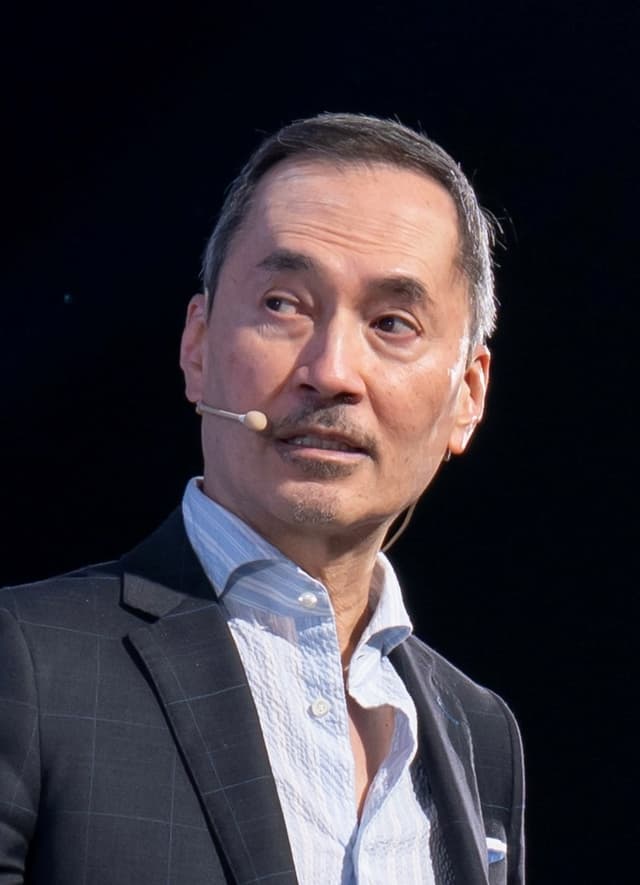
ACNE
Chair: Dr. Jerry Tan, MD
The ACNE | Education Series, led by Dr. Jerry Tan, is a comprehensive global medical education initiative designed to enhance the understanding and skills of dermatologists and healthcare practitioners regarding acne. Participants will gain insights from leading international experts on the latest advancements in acne research, innovative treatment options, and patient-centered care approaches. The event features interactive discussions, live Q&A sessions, and evidence-based strategies, all at no cost. The esteemed faculty includes specialists from the USA, Italy, France, the UK, Singapore, Greece, Australia, Canada, and Germany. This is a valuable opportunity to improve clinical competencies and stay updated on current acne management practices.
Attendees will acquire up-to-date knowledge on acne pathophysiology, new therapeutic options, and patient-oriented management strategies to optimize clinical outcomes in acne treatment. The session will also provide practical insights through expert-led discussions and evidence-based approaches.

Psychodermatology
Chair: Prof Mohammad Jafferany, MD
This specialized course explores the vital intersection between dermatology and mental health, equipping clinicians with the knowledge and tools to manage psychodermatological conditions effectively. Through a blend of theoretical knowledge and practical application, participants will learn to diagnose and treat dermatological delusional disorders, identify psychiatric comorbidities in skin disease patients, and implement mental health strategies for chronic dermatoses. The curriculum also examines psychological factors in cosmetic dermatology and provides cutting-edge screening techniques for body dysmorphic disorder, including modern digital manifestations like Zoom dysmorphia. Adopting a patient-centered approach, the course emphasizes multidisciplinary management of conditions where psychological and dermatological factors interact. Participants will gain expertise in recognizing psychiatric components of skin diseases, addressing the emotional
burden of chronic conditions, and applying ethical principles in cosmetic practice. The training combines expert instruction with case-based learning to bridge theory and clinical practice. Designed for dermatologists, psychiatrists, psychologists, and primary care providers, this program enhances clinicians' ability to deliver holistic care that addresses both the visible and invisible aspects of skin disorders. Upon completion, practitioners will be better prepared to manage complex psychodermatological cases while improving patient outcomes through integrated mind-skin healthcare.

Tropical Dermatology and Neglected Tropical Dermatoses
Chair: Prof. Fahafahantsoa Rapelanoro Rabenja,
Dermatological diseases, particularly neglected tropical diseases (NTDs) with skin manifestations like deep mycosis (chromoblastomycosis, sporotrichosis, mycetoma), scabies, leprosy, lymphatic filariasis, and cutaneous leishmaniasis, pose major challenges for healthcare systems in resource-limited regions of Africa, Asia, and Latin America. These conditions severely affect vulnerable populations, suffering from frequent underdiagnosis and inadequate treatment that exacerbates suffering. Diseases such as atopic dermatitis are also under consideration for inclusion as skin NTDs through collaborative efforts involving ISAD, ASDV, and WHO. Furthermore, albinism, highly prevalent in sub-Saharan Africa, presents significant social challenges including stigmatization and occult beliefs. Despite these complex difficulties, the field is undergoing a historic transformation driven by science and technology, particularly artificial intelligence (AI), which offers tangible tools for improving diagnosis, treatment, and prevention. The participation of global experts facilitates vital knowledge exchange, exploration of innovative solutions, and helps address critical shortages of human and material resources in remote areas.
Learning Objective:
Understand the complex challenges posed by dermatological diseases, especially skin NTDs and conditions like albinism, in resource-limited settings, and recognize the critical role of global collaboration, technological innovation (particularly AI), and expert knowledge exchange in developing solutions to improve diagnosis, treatment, prevention, and resource allocation.

Dermoscopy
Chair: Prof Awatef Kelati, MD
This comprehensive dermoscopy course provides dermatologists and healthcare professionals with essential skills in skin lesion evaluation, covering fundamental principles through advanced diagnostic applications across five key areas: global dermoscopy practices, pigmented lesion analysis (including differentiation of benign and malignant patterns), specialized techniques for skin of color, skin cancer detection (melanoma and non-melanoma), and general dermatological conditions (inflammatory, infectious, and hair/nail disorders). Participants will develop proficiency in recognizing diagnostic patterns, adapting techniques for diverse skin types, and applying dermoscopic algorithms, ultimately enhancing their clinical accuracy through a combination of theoretical knowledge and practical case-based learning. The course emphasizes real-world application, addressing both common and challenging scenarios in dermatological practice.
